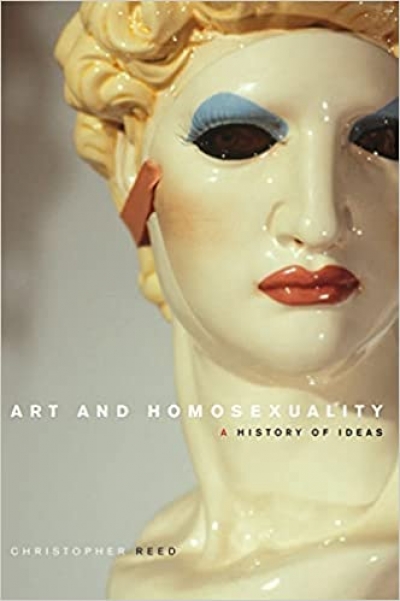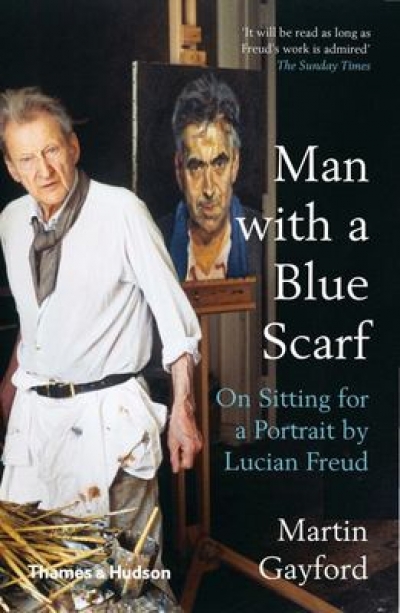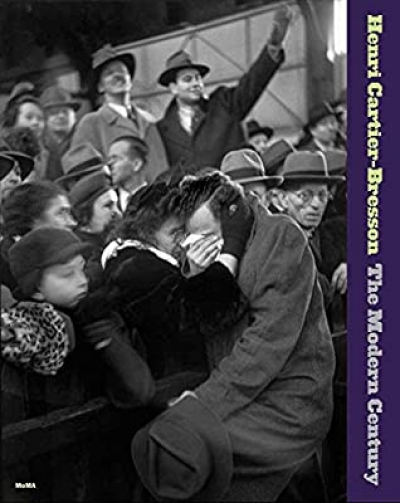Arts
Art and Homosexuality: A History of Ideas by Christopher Reed
Burning Issues: Fire in Art and the Social Imagination by Alan Krell
The initial idea was for a new front door at the National Gallery of Australia. At least that is how Ron Radford, director of the Gallery, presented it to the one thousand or so guests in his remarks at the official opening of Andrew Andersons’ and PTW Architects’ Stage One ‘New Look’ at the NGA on Thursday, 30 September. Clearly, for the money involved and ...
Brett Whiteley: A sensual line 1957–67 by Kathie Sutherland
Man with a Blue Scarf: On sitting for a portrait by Martin Gayford
The Donald Friend Diaries: Chronicles & Confessions of an Australian Artist edited by Ian Britain (foreword by Barry Humphries)
Desert Country by Nici Cumpston with Barry Patton & Yiwarra Kuju by National Museum of Australia
There is so much beauty around us if only we could take the time to open our eyes and perceive it. And then share it. Love is the key word.
(Carol Jerrems, A Book About Australian Women)
In 1973, Carol Jerrems photographed a little girl, Caroline Slade, at her fourth birthday party in Toorak. Standing coyly with ha ...
Everyone, I suspect, has a favourite photograph by Henri Cartier-Bresson. Mine shows two couples picnicking beside what I have always thought was the Marne River but turns out to be somewhere else altogether. Juvisy (1938), as it is now titled, depicts urban workers relaxing near a man-made pond in the suburbs of Paris. This is indicative of the exhaustive research of Peter Galassi and his colleagues, who have brought to light a huge amount of new information on Cartier-Bresson and his photographs. Their book has been published to accompany a Cartier-Bresson exhibition at the Museum of Modern Art, New York, where Galassi is chief curator of photography.
... (read more)





